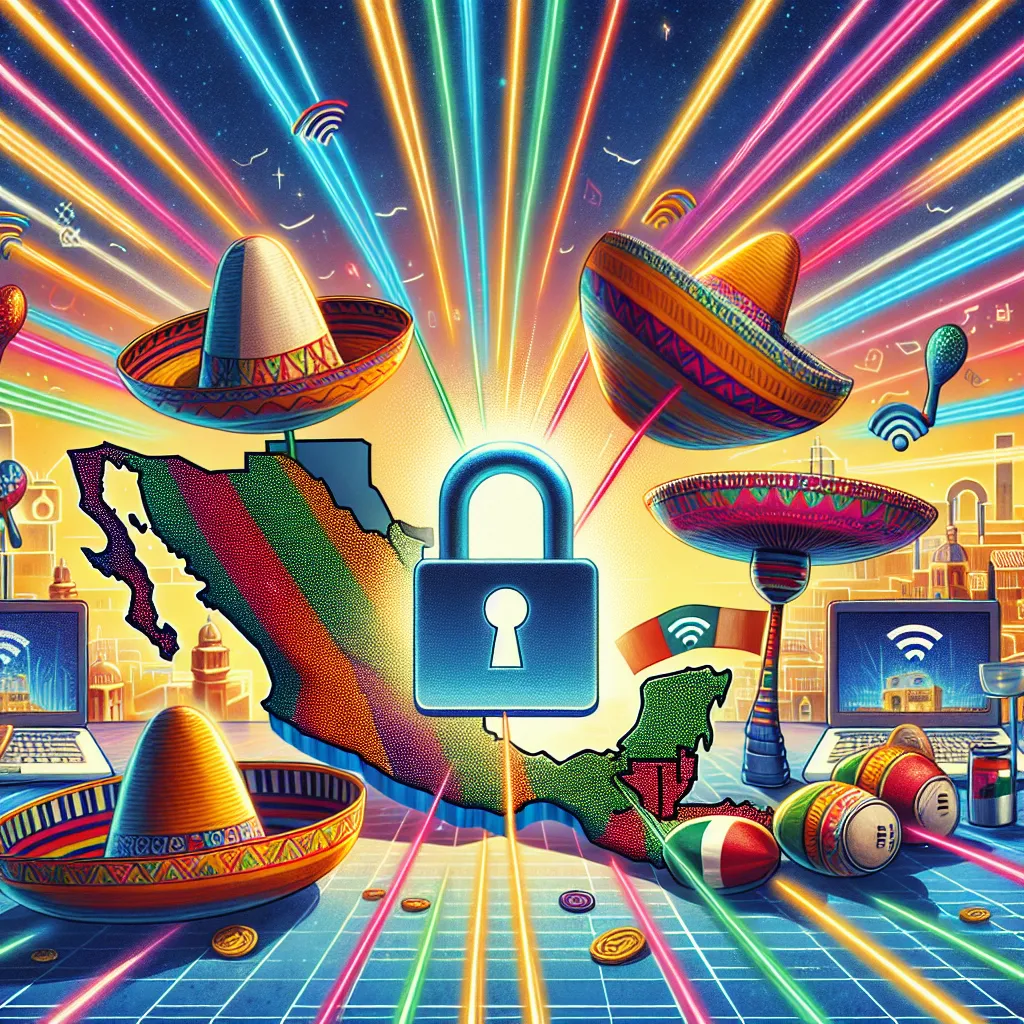Mexico Broadband Penetration: Unlocking the Digital Potential
Mexico Broadband Penetration: Unlocking the Digital Potential
Introduction:
Mexico, a vibrant and culturally diverse country in North America, has been experiencing significant growth in its digital landscape over the past decade. As more and more people gain access to the internet, the country’s broadband penetration has become a crucial factor in determining its future economic and social development. In this article, we will delve into the current state of Mexico’s broadband penetration, identify the challenges it faces, and explore potential solutions to unlock its digital potential.
The Current State of Broadband Penetration in Mexico
Mexico has made remarkable progress in expanding its broadband infrastructure and increasing internet accessibility in recent years. According to data from the Organization for Economic Co-operation and Development (OECD), Mexico’s broadband penetration rate stood at 70.6% in 2020. While this is a significant improvement compared to previous years, it still falls short of the OECD average of 82.3%. This indicates that there is room for further growth and development in Mexico’s broadband sector.
One of the main factors contributing to the increase in broadband penetration has been the government’s efforts to expand coverage in rural and underserved areas. Initiatives such as the National Digital Strategy and the Red Compartida project have played a crucial role in bridging the digital divide and bringing internet connectivity to remote regions. However, challenges still persist, and there is a need for continuous investment and improvements to ensure universal access to high-speed broadband.
Challenges to Broadband Penetration in Mexico
Despite the progress made, Mexico faces several challenges in achieving widespread broadband penetration. These challenges can be attributed to various factors:
1. Infrastructure Limitations:
Mexico’s vast geography poses a significant challenge in expanding broadband infrastructure to remote and rural areas. The country’s mountainous terrain and scattered population make it difficult and costly to lay down the necessary network infrastructure. Additionally, some regions lack the necessary electricity and transportation infrastructure required for broadband deployment.
2. Affordability and Affordability:
While broadband services are becoming more accessible, affordability remains a significant barrier for many Mexicans, especially those with low incomes. The cost of internet services and devices is often beyond the reach of a significant portion of the population. As a result, they are unable to take advantage of the educational, economic, and social opportunities that high-speed internet offers.
3. Lack of Digital Literacy:
Another challenge is the lack of digital literacy among certain segments of the population. Many people, particularly in rural areas and among older generations, lack the necessary skills and knowledge to fully utilize the internet and its potential. Addressing this issue requires targeted education and training programs to empower individuals with digital skills.
Unlocking Mexico’s Digital Potential
Despite the challenges, Mexico has immense potential to unlock its digital future and enhance broadband penetration. Here are some potential strategies that can help achieve this:
1. Continued Infrastructure Development:
Investment in expanding broadband infrastructure should remain a priority. The government, in collaboration with private sector stakeholders, should focus on improving connectivity in underserved areas. This can be achieved through the deployment of innovative technologies, such as satellite and wireless solutions, to overcome geographical barriers.
2. Promoting Competition:
Encouraging competition among internet service providers (ISPs) can help drive down prices and improve service quality. The government should implement policies that foster a competitive market, leading to affordable and reliable broadband services for all Mexicans.
3. Affordability Programs:
To ensure that broadband services are accessible to all, the government can introduce targeted affordability programs. These can include subsidies, tax incentives, or partnerships with private sector entities to reduce the cost of internet services and devices for low-income households.
4. Digital Literacy Initiatives:
Empowering individuals with digital skills is crucial for maximizing the benefits of broadband penetration. The government should invest in comprehensive digital literacy programs, particularly targeting rural communities and older generations. These programs can provide training on internet usage, online safety, and digital entrepreneurship.
5. Public-Private Partnerships:
Collaboration between the government and private sector entities can accelerate the expansion of broadband infrastructure. Public-private partnerships can leverage the strengths of both sectors to drive innovation, share resources, and bridge the digital divide effectively.

Conclusion
Mexico’s broadband penetration plays a pivotal role in unlocking its digital potential and driving economic growth. While significant progress has been made, challenges such as infrastructure limitations, affordability, and digital literacy need to be addressed to ensure universal access to high-speed internet. By investing in infrastructure, promoting competition, implementing affordability programs, and prioritizing digital literacy, Mexico can overcome these challenges and create an inclusive digital society that benefits all its citizens.
